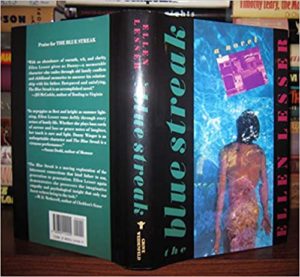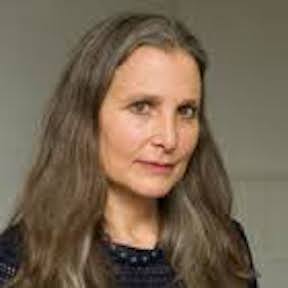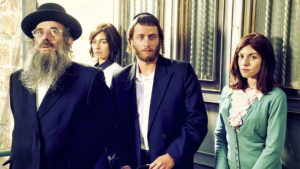
The Blue Streak
By Ellen Lesser
242 pages
Published in 1992 by Grove Press
The Blue Streak was a book I selected randomly from the bookshelves of our home in Nicaragua. I decided to read it because (1) it was thin at 242 pages, (2) I liked the cover, and (3) the author’s name sounded familiar to me in a positive way.
Was Ellen Lesser that elderly British author whose stories I had once read in The New Yorker? I looked at the photo of her on the inside flap of the jacket.

The book was published in 1992 – but still, no, this woman was too young. Of whom was I thinking? Was it Dorothy Lesser? No. Doris Lessing? Yes, that was it.
So, it wasn’t a book by a British author I’ve always admired. But I still liked the cover. And it was still only 242 pages.
So I read it…
The Story: After a shoulder injury, Danny, a recent college graduate and once promising swimmer (his “blue streak”), is floundering – treading water, waiting for life to tell him what to do. When his hard-driving, type-A, successful father dies, Danny has to come home and face the unresolved conflicts in their relationship. The novel deals with Danny’s experience, internal and external, over the next few days.
I read a few reviews. They ranged from lukewarm to derogatory. The main objections were that the characters were conventional. Too stereotypically Jewish.
That’s not at all how it worked for me. I found the book delightful throughout. It’s not epic, but there is a journey – with an anagnorisis, a peripeteia… everything you’d want. The big reveal – moving from blaming one’s parents to understanding what a pain in the ass one was as a child – is as important as any we get in life.
If nothing more, The Blue Streak is a delightfully drawn portrait of a delightfully dysfunctional Jewish family, painted lovingly and with photographic detail by Ellen Lesser.
Critical Reviews
“Although this is pleasant reading, there is nothing sufficiently novel about either the story or the characters (some of whom seem to have come from Roth country) to make this an essential purchase.” (Library Journal)
“Predictable, with insights as stale as yesterday’s bread, but there’s enough to suggest that Lesser could be a better writer if she were less wed to the Zeitgeist.” (Kirkus Reviews)
“Lesser is a dexterous and sensitive writer. Unfortunately, her latest effort is essentially a long short story straining to be a novel.” (Publishers Weekly)

